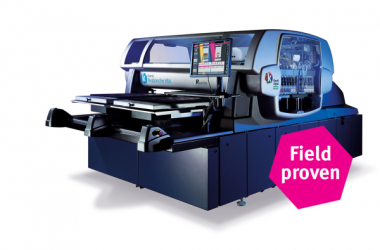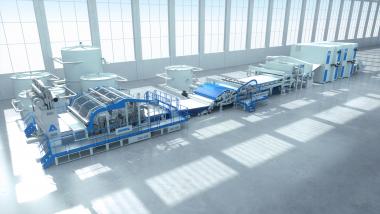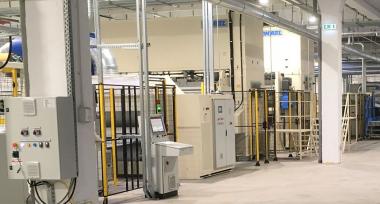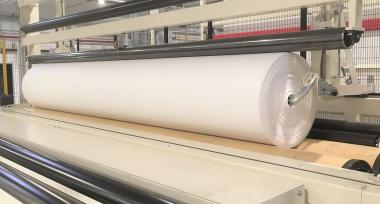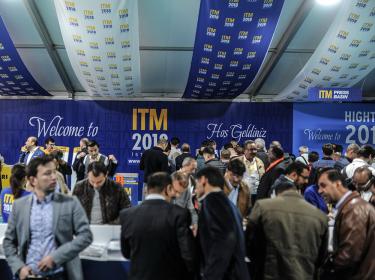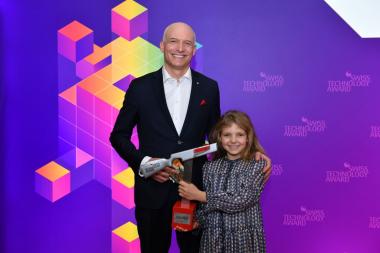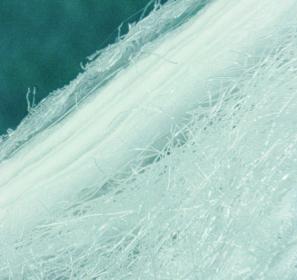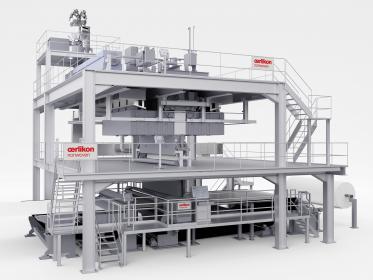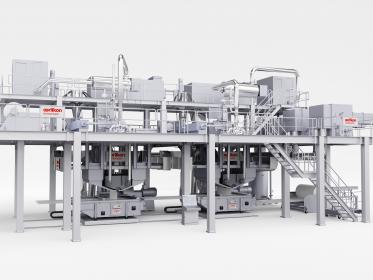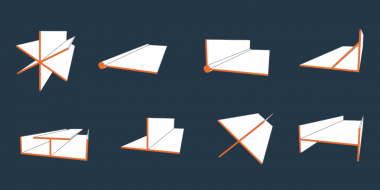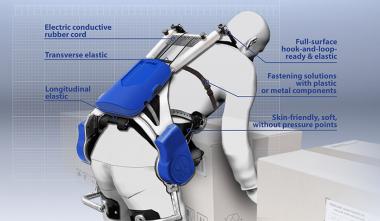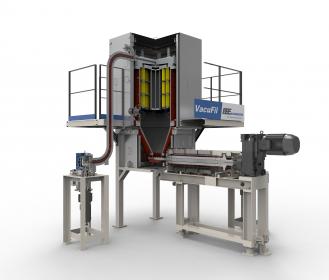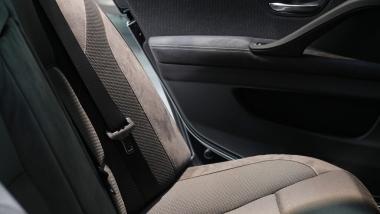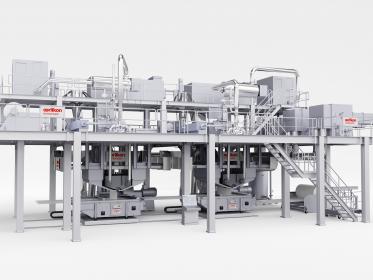Rafa's Textiles Grows On-Demand Production Business with Kornit Digital
Kornit Digitala announced Valencia, Spain-based Rafa’s Textiles has acquired a third Kornit Avalanche HD6 system for single-step, on-demand direct-to-garment (DTG) digital production, spurred by business growth resulting from increased e-commerce engagement in the past year.
Rafa’s Textiles personalizes t-shirts and all kinds of clothing with screen printing, direct (digital) printing, silkscreen transfer, sublimation, and embroidery, serving European-based B2B clients who sell via web stores, both integrated with Amazon and independently. There are no colour limitations, and handfeel and durability are retail-quality. On a typical day, they will handle 200-300 print-on-demand orders, though those numbers spike with key holidays; this past Christmas, for example, saw a peak of 1,300 orders in a single day. Regardless of volume, with digital production capabilities in house, these orders are printed individually within 24 hours and shipped directly to all customers.
For Rafa’s Textiles, implementing Kornit’s digital production technology was simply the best means to meeting the challenges and capitalizing on new opportunities of the e-commerce age. Sergio attributes his business’s success despite recent market disruptions to their focus on e-commerce, which aligns with buyers’ increased preference for web-based purchasing.
pr4u


